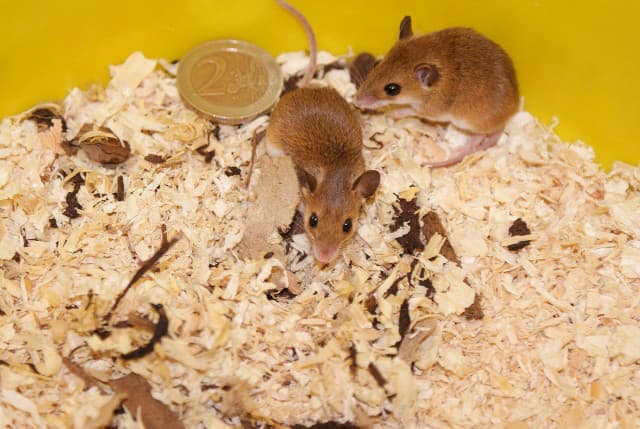Mice are very small and smart, and they can get into homes through very small gaps. Not letting them into your home isn’t just for your own comfort; it’s also to protect your health and property. Making your home mouse-proof is a smart and useful thing to do. Here is a step-by-step guide on how to lock those annoying doors.
Step 1: Look it over
A careful inspection is the first thing you should do to keep mice out of your home. You need to find possible points of entry. Inside and outside your home, look for holes, cracks, and gaps. Some common starting points are:
- Check the weatherstripping, seals, and screens on the doors and windows. Fix or replace broken parts.
- Base Look for cracks in the base and walls of your home. Caulk or concrete filler can be used to seal them.
- Vents and Chimneys Cover vents with fine mesh screens, and think about getting a chimney cap to keep people from getting in from above.
- Opened Utility Pipes Use steel wool or foam to seal holes around utility pipes, ducts, and other places where services can enter.
- Garage Doors Make sure the bottom of your garage door closes well and there are no gaps around the edges.
- If you have a basement, you might want to encapsulate it to seal it off with insulation and a vapour barrier.
Step 2: Take care of the outside
Once you know where people can get in, you can focus on the outside. First, use caulk or concrete filler to fix any cracks in the base. Fix or replace weather stripping that is broken around windows and doors. Put small mesh screens on vents, like the ones in your attic, to keep mice out while still letting air flow.
Step 3: Sealing the utility opening
It is important to seal utility holes. It’s easy for mice to get through small holes. Gaps around pipes and ducts can be filled with steel wool, copper mesh, or foam. Mice have a hard time chewing through these things.
Step 4: Take care of your garage door
Mice often get in through garage doors, which people don’t think about. Make sure the bottom of your garage door seals properly, and if it’s broken, repair it. You might want to add a garage door curb to fill in any gaps around the edges.
Step 5: Enclosing the crawl room
If your house has a basement, you might want to enclose it. To do this, you need to seal it with insulation and a vapour barrier. Keeping mice out and making the house use less energy are both benefits of this.
Step 6: Get help from a pro
Many of these jobs can be done by yourself, but some may need professional help, especially if the damage is severe or you don’t know what to do next. Professionals in pest control can do a full check and take the right steps.
Step 7: Do regular upkeep
It takes more than one visit to keep mice out of your home. Wear and tear from the surroundings can open up new entry points over time. To keep yourself safe, do monthly maintenance and inspections. Find signs of damage and fix them right away.
Why it’s important to keep mice out
Not only is mouse-proofing your house a convenience, it’s also a way to protect your health and property:
- Disease Prevention Mice can spread diseases, and their droppings can make your food and living areas dirty.
- Safety for your property Mice can damage buildings by chewing on wires, insulation, and wood.
- Cost Savings Keeping mice out of your home is usually cheaper than getting rid of an infestation, which can take a long time and cost a lot of money.
In conclusion, keeping mice out of your home is a smart and effective way to protect your health and property. By finding and closing the points of entry, you make a wall that these smart little thieves can’t get through. Remember that mice are most interested in the small gaps, so paying close attention to every detail is very important.
Mice Control Newmarket, we are fully aware of every detail associated with mice. We know just how inquisitive and destructive these tiny rodents can be, and even though they are highly evasive, we have devised several procedures to track down every last one of them on an infested property.
